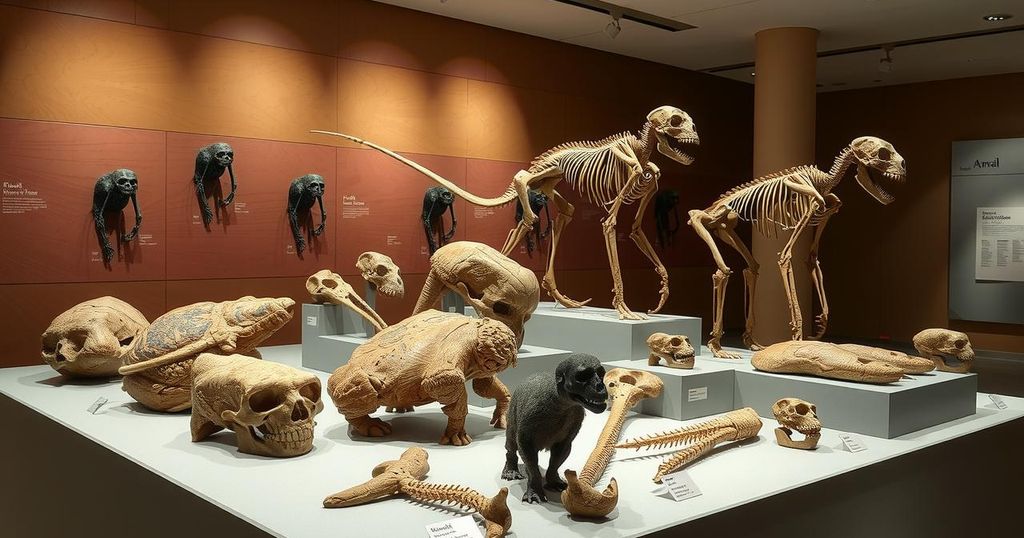Reflections on Science: Insights from 50, 100, and 150 Years Ago
This article delves into significant scientific observations from 50, 100, and 150 years ago, covering cognitive studies in children, the first computer chess championship, the discovery of precious substances in plants, historical medical mishaps, and spontaneous barn fires among farmers. Together, these pieces reflect our evolving understanding of both science and nature.
Amid the fascinating realm of cognitive psychology, a study by Jerome Kagan and Ann Karnovsky revealed intriguing findings on spatial ability in children. Testing 445 students, they observed no significant differences in performance between boys and girls, except in the seventh-grade math group where boys outperformed girls. Karnovsky attributed the disparity to cultural conditioning, suggesting both genders possess equal potential.
In a striking display of computational prowess, the first world computer chess championship showcased the capabilities of artificial intelligence. The victorious Russian program, Kaissa, triumphed unscathed, while the esteemed Chess 4.0 claimed the runner-up position. The event featured 13 entries from eight nations, highlighting the burgeoning intersection of technology and strategic games.
Across the scientific façade of nature, unusual occurrences emerge as tropical bamboos unveil semi-precious gems filled within. These bamboos, in their youth, contain a jelly-like substance that solidifies over time into tabasheer, imparting strength to the plant. The pale blue or white mineral deposits bear a striking resemblance to opals, mesmerizing with their unique light reflection.
Historical blunders echo through time, as G.H. Taber pointed out a notable error regarding clocks in the publication’s previous issue. The misconception claimed clocks run faster with warmer weather when, in truth, longer pendulums result in a slower ticking rate. A sincere apology encapsulated in a charming nod to the reader reflects the journal’s commitment to accuracy.
A chilling account from Boston details the deadly consequences of chloroform as an anesthetic in dentistry. After another patient tragically lost their life, the coroner’s jury condemned the practice, calling for legislative intervention. Medical professionals are gravitating towards safer alternatives, such as pure ether or nitrous oxide, ensuring patient safety in dental procedures.
In a somber yet enlightening exploration of rural life, the phenomenon of spontaneous barn fires captured the attention of many farmers. Abbé Moigno theorized that improperly stored damp hay generates enough heat through fermentation to ignite into flames. This vivid imagery illustrates the constant battle farmers face between nature’s majesty and its unexpected hazards.
Over the decades, various studies and occurrences have shaped our understanding of science in different fields, from psychology and technology to botany and medicine. Discoveries related to cognitive abilities in children provide insights into gender-related perceptions. While technological advancements showcased the potential of artificial intelligence, botanical revelations about nature’s gifts remind us of the intricate connections within ecosystems. Meanwhile, historical mishaps in medicine and agriculture caution us about the importance of rigorous practices and oversight in scientific endeavors.
This exploration of past scientific revelations and blunders highlights crucial insights into child development, technological evolution, natural wonders, and medical safety. From gender equality in cognitive tasks to the marvels of nature and the precariousness of medical practices, each point emphasizes the intricate web of knowledge that continues to evolve. Indeed, our quest for understanding shapes not only scientific discourse but also societal norms and practices.
Original Source: www.scientificamerican.com




Post Comment